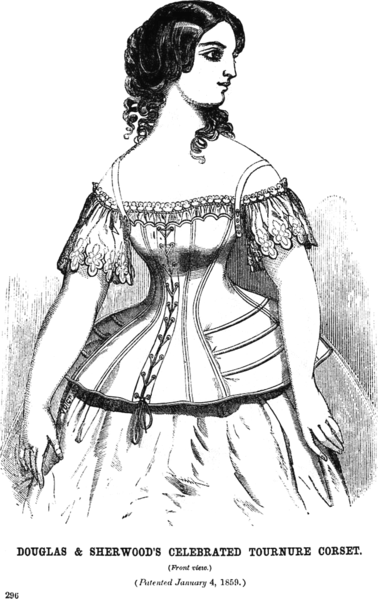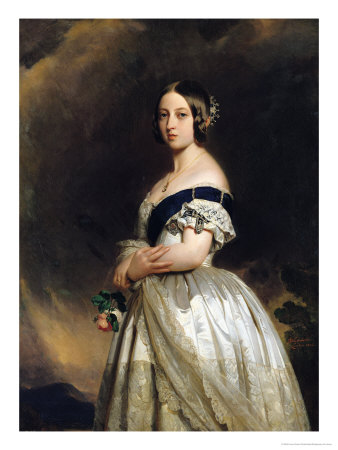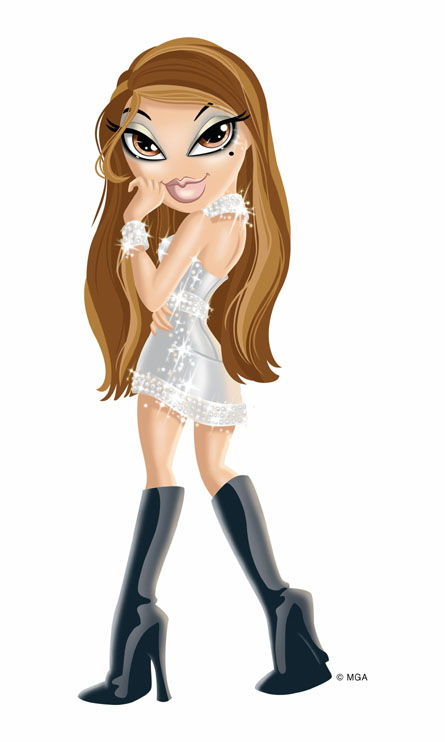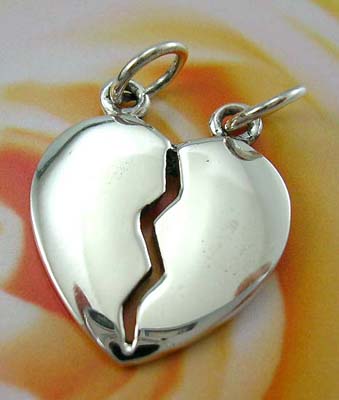Started a new book . . .
 Part 1 of chapter 1 of Runaway Eating: Not for Teenagers Only
Part 1 of chapter 1 of Runaway Eating: Not for Teenagers Only
Eating disorders is a disease widely known as a teenager problem. Maybe it’s a surprise to find out that eating disorders are not just for teenagers. Midlife women suffer from it. Right now, a disturbing trend involves these older women seeking treatment for eating disorders.
 The book Runaway Eating by Cynthia M. Bulik, Ph.D., and Nadine Taylor, M.S., R. D. takes a good look at this trend. They also include an 8 point plan to help conquer this kind of thinking. (I will not go through the 8 point plan because there’s a lot of books to read.) This book, is, however, designed to help the reader make informed decisions about health, and is not a medical manual by any means. And if you are suffering from an eating disorder, it’s best to seek a doctors help rather than to turn to a book alone.
The book Runaway Eating by Cynthia M. Bulik, Ph.D., and Nadine Taylor, M.S., R. D. takes a good look at this trend. They also include an 8 point plan to help conquer this kind of thinking. (I will not go through the 8 point plan because there’s a lot of books to read.) This book, is, however, designed to help the reader make informed decisions about health, and is not a medical manual by any means. And if you are suffering from an eating disorder, it’s best to seek a doctors help rather than to turn to a book alone.
The authors define Runaway Eating in the introduction as “consistent use of food or food-related behavior (such as purging or excessive exercise) to deal with unpleasant feelings, and feeling that these behaviors are out of control.” The writers think of this problem as a sort of pre-eating disorder because while the behavior doesn’t match the symptoms of a clinically-defined eating disorder like bulimia nervosa, this disordered eating is marked by a very unhealthy relationship with food.
Often, this behavior is the result of using food to run away from problems.
 Runaway eating runs rampant through society. However, using food as a solution for your problems is no solution at all, as women find out.
Runaway eating runs rampant through society. However, using food as a solution for your problems is no solution at all, as women find out.
Nadine Taylor, a registered dietitian and coauthor of this book, suffered from a mild form of an eating disorder. She was bulimic, yet conquered it.
Runaway eaters are people who otherwise appear to be normal and in control of their lives, yet who have unhealthy relationships with food or their bodies that could interfere with personal relationships, threaten their quality of life, and set them up for future health problems.
By using food to run away from our problems, we find that our eating habits run away with us.
Go on any Xanga blogring or Facebook group devoted to people with eating disorders. You’ll see that they’re populated with young women and teenage girls as young as eleven. You don’t see a whole lot of people older than 30. We’ve heard of the Princess Diana’s bulimic tendencies, and all the young actresses who starve themselves.
However, the people over 30 with this problem are growing. They consist of women in their 30s, 40s, 50s, and even older! There’s a dramatic increase in women seeking out treatment. It could be because of the growing availability of such programs, and the decrease in the shame of having an eating disorder. Hard statistics are hard to get, because most women don’t seek help until their troubles become unbearable.

diet pills
A full-blown eating disorder develops gradually. It doesn’t suddenly appear. Eating disorders range from mild to severe. Most women have a mild form of disordered eating.
Many with eating problems had eating disorders that they never shed when they were young. According to a review, half of those with anorexia and at least one third of those with bulimia carry their problems into early and middle adulthood. However, many women are developing an eating disorder for the first time in their lives. Why?
Maybe it’s because today’s typical midlife woman is more concerned about her appearance. She works outside to home, and worries about being passed over by younger people for jobs, power, attention, and raises. She dislikes being seen as an old grandmother, and may have a fear of aging. Due to changes caused by menopause, her waistline may increase. She’s more likely to seek help for depression.
The most important factor, though, is the stressful life that she leads.
Next up: the many stressful situations a midlife woman faces.



 These tiny waists were produced not merely by restraint in all things food, but with a corset, not unlike this antique corset.
These tiny waists were produced not merely by restraint in all things food, but with a corset, not unlike this antique corset.


 Finally, he explained. Our bodies are not us. Bodies are only one aspect of who we are. We make the mistake of identifying ourselves with our bodies. That’s why we tell ourselves that life will be good once we lose the weight. The fact that we are not our bodies means that life will not improve.
Finally, he explained. Our bodies are not us. Bodies are only one aspect of who we are. We make the mistake of identifying ourselves with our bodies. That’s why we tell ourselves that life will be good once we lose the weight. The fact that we are not our bodies means that life will not improve.
 I thought Max Factor was the name of a mascara.
I thought Max Factor was the name of a mascara. L’Oreal is now the world’s largest cosmetic merchant. They reported their annual sales in 2006 to be 15.8 billion.
L’Oreal is now the world’s largest cosmetic merchant. They reported their annual sales in 2006 to be 15.8 billion. Others use pseudoscience. Shiseido had their Body Creator sin gel, which claimed that its ingredients could melt away over 2 inches of body fat in a month without the need of diet or exercise. Sounds familiar? It’s not that much different from Nivea’s My Silhouette cream that basically claims that their white tea melts fat cells until they don’t grow back. No need to exercise, either.
Others use pseudoscience. Shiseido had their Body Creator sin gel, which claimed that its ingredients could melt away over 2 inches of body fat in a month without the need of diet or exercise. Sounds familiar? It’s not that much different from Nivea’s My Silhouette cream that basically claims that their white tea melts fat cells until they don’t grow back. No need to exercise, either. Dr. Patzer states,
Dr. Patzer states,
 We may say that this is just the way it is. But anthropologists studied a tribe in Africa. They wanted to see whether the physical appeal stereotypes of that tribe had been influenced by the media. They found that, opposite of our like of hunky men, girls liked slender men. Another researcher showed Men’s Health to the tribe members, with some spreads of male body builders. One old guy looked at the bulging pectorals of a male body builder. “Was it a man, or a very, very strong woman?”
We may say that this is just the way it is. But anthropologists studied a tribe in Africa. They wanted to see whether the physical appeal stereotypes of that tribe had been influenced by the media. They found that, opposite of our like of hunky men, girls liked slender men. Another researcher showed Men’s Health to the tribe members, with some spreads of male body builders. One old guy looked at the bulging pectorals of a male body builder. “Was it a man, or a very, very strong woman?”
 That’s not all. Between 1997-2004, at least 36 individuals died in Florida as a result of complications from cosmetic surgery.
That’s not all. Between 1997-2004, at least 36 individuals died in Florida as a result of complications from cosmetic surgery.




 Chapter 2: Part 2
Chapter 2: Part 2 Don’t forget the fear of rejection. There’s a chance that your partner will leave you for someone more attractive, and vice versa. That’s why people would look for a less attractive person because that less attractive person would have a less chance of leaving them.
Don’t forget the fear of rejection. There’s a chance that your partner will leave you for someone more attractive, and vice versa. That’s why people would look for a less attractive person because that less attractive person would have a less chance of leaving them.
Media Sightings: Fake Boobs
I was browsing Glamour‘s twitter feed when I saw this blog post on their website.
Apparently, the blogger recently got an email from a Long Island cosmetic surgeon, who told them that breast implants, and get this, are the most popular high school graduation gift for girls today.
Surprising? Or not surprising?
Apparently, these young women don’t want a new car. They don’t want to have a trip to Europe. They want bigger boobs. So their parents give it to them. As a graduation present.
What happened to the days when parents would give their daughters things like new cars, jewelry, or trips to Europe? I know my parents would have given me stuffed animals if I cared about stuffed animals. Instead they’re giving me driving lessons, which I’m pretty thankful for.
But why give their daughters bigger boobs? Is it because plastic surgery is the in thing right now among both young and old?
The cosmetic surgeon wrote in his press release that right now the big thing is breast augmentations. He writes,
More importantly, did they feel that giving their daughters bigger boobs would boost their girls’ self-esteem?
You know how I feel about this. I think it’s rather sick. It also reflects the modern viewpoint of today, that getting a breast surgery is something that is both common, normal, and even GOOD.
Many of the comments agreed with me. One woman said, “I think that’s awful. It shows that the parents and the girl care more about the way she looks and less about her academic future. Give her money for college . . . unless she’s a stripper, big boobs will not secure her a career!”
One woman said that the girls aren’t done developing, so this is a bad idea. I agree with her, seeing that teenagers still have a ways to grow.
Another woman echoed this thought, saying that she was really self-conscious of her breasts during high school. However, she graduated high school with A cups, became a B in college, and became a C in graduate school! She said that getting implants would have been disastrous on her still growing body.
Another commenter stated that she felt that getting this as a “gift” was rather irresponsible unless it was an extreme need.
However, this comment did give me pause:
Hm.
Are we in a state when we feel that getting bigger boobs or improving on some body part will give us a boost in self-esteem? If you’re really ashamed about everything, getting bigger boobs aren’t going to fix anything. You have to fix the underlying problem before you go ahead and get something else “fixed.” It’s rather permanent, and you have to pay for upkeep for the boobs every 10 years. If you don’t fix the self-esteem issues, you’ll just end up paying for a lot of unnecessary surgeries.
The fact that this young woman says that she’s ashamed of “EVERYTHING” makes me rather disturbed. And the fact that she believes that fixing her boobs would fix her problems… and that she has many things that she hates about herself.
I hope she’ll be ok in life. I hope…
The comments are still pouring in. “The parents must not have much faith in their child’s appearance or personality, if they feel this desire should become a necessity.”
In the end, it’s up to you, as parents or as girls graduating soon. Whether you get big boobs or not, I wish you luck. However, a lot of the comments I’m seeing still shows that the readers of Glamour at least have good sense and know what’s important and what’s not.
Leave a comment
Posted in Media Sightings
Tagged abuse, anxiety, career, comment, esteem, fake, important, media, self, sick, sightings, teens, trends, used, work